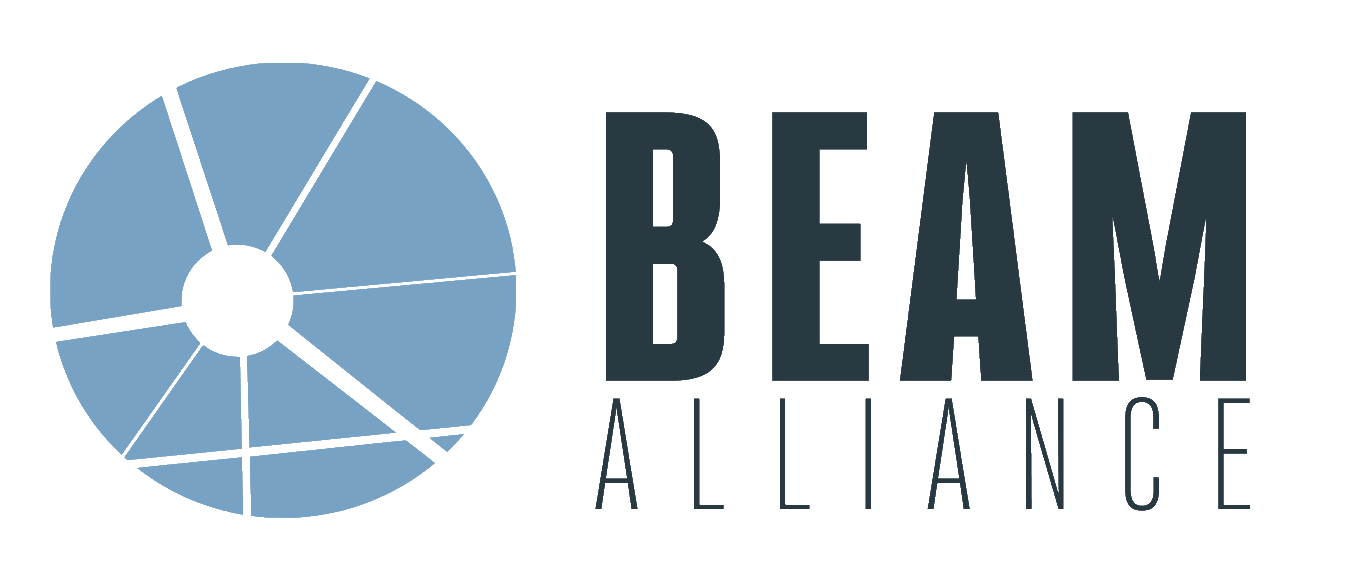For an Inclusive Antimicrobial Products Subscription Model that Champions All Forms of Innovation
- BEAM Alliance

The UK’s Antimicrobial Products Subscription Model (APSM) is a global benchmark for creating a sustainable market environment in field of antimicrobial resistance.
However, SMEs, which develop most new products, face barriers to being eligible due to contractual constraints.
Moreover, the APSM should include all effective therapeutic approaches, traditional (e.g. small molecules) and non-traditional innovations (e.g. as phages and large molecules), even if most of these are unlikely to reach the market in the near future. Failure to do so would suggest that they are not required.
The UK has paved the way for PULL incentives. Now we need to make them accessible to all innovators.
When it comes to PULL incentives, the UK is a prime example
The United Kingdom has led the world in implementing PULL incentives to combat antimicrobial resistance (AMR). The launch of the subscription pilot in 2019, and its implementation in 2021, brought new hope to small and medium-sized enterprises (SMEs) still active in this challenging field. The proposed scoring methodology, built on the three pillars of Effectiveness and Unmet Need, Pharmacology, and Health System Value, is another milestone—one that could be replicated well beyond the UK.
With the formal launch of the Antimicrobial Products Subscription Model (APSM) in 2024, the UK has cemented its role as a global model for countries that recognise innovation as essential in addressing AMR. The UK’s approach offers both developers and investors a glimpse of what a restored and functional AMR market could look like.
This leadership comes with a responsibility: to ensure that the APSM fosters innovation in its broadest sense—the innovation that will address tomorrow’s AMR challenges.
The APSM should not influence the partnership strategy of an SME
At present, SMEs—who are responsible for nearly three-quarters of all products in clinical development—face significant barriers to APSM participation. While some may choose to partner with larger companies to commercialise their products, making such partnerships a de facto requirement weakens SMEs’ negotiating power, reducing returns for the innovators and early-stage investors who assumed the initial risk.
The APSM should reward solutions without favouring a particular technology
The APSM should actively support non-traditional antimicrobial innovations. These approaches, such as phages, large molecules, and other non-traditional therapeutic approaches, complement traditional drugs and can open new fronts in the fight against pathogens. Yet their development is often more complex: lacking established models and clear regulatory pathways, they are frequently longer, costlier, and riskier to bring forward. Excluding such products from PULL incentives while including traditional ones risks prematurely ending their development and narrowing the scope of AMR innovation to familiar paths.
Even if few non-traditional products are close to market today, making them eligible for the APSM would send a powerful signal to innovators and to the wider antimicrobial R&D ecosystem: the UK values diverse approaches and is prepared to invest in the breakthroughs of tomorrow. Conversely, continuing to exclude them may ensure that none receive the investment needed over many years to bring them to market approval. Sadly, many of these excluded programs are based upon UK research.
Give us an inclusive environment for innovation; science will do the rest
The BEAM Alliance continues to highlight the UK’s pioneering work in its dialogue with European Union policymakers. But we are urging the UK government to consider how the scheme can allow for participation of SMEs on a reasonable ground and be expanded to other antimicrobial therapies. Otherwise, many developers could suffer the consequences of an incentive programme, possibly replicated around the world, which leaves them behind for wrong reasons.
Read the full paper here

